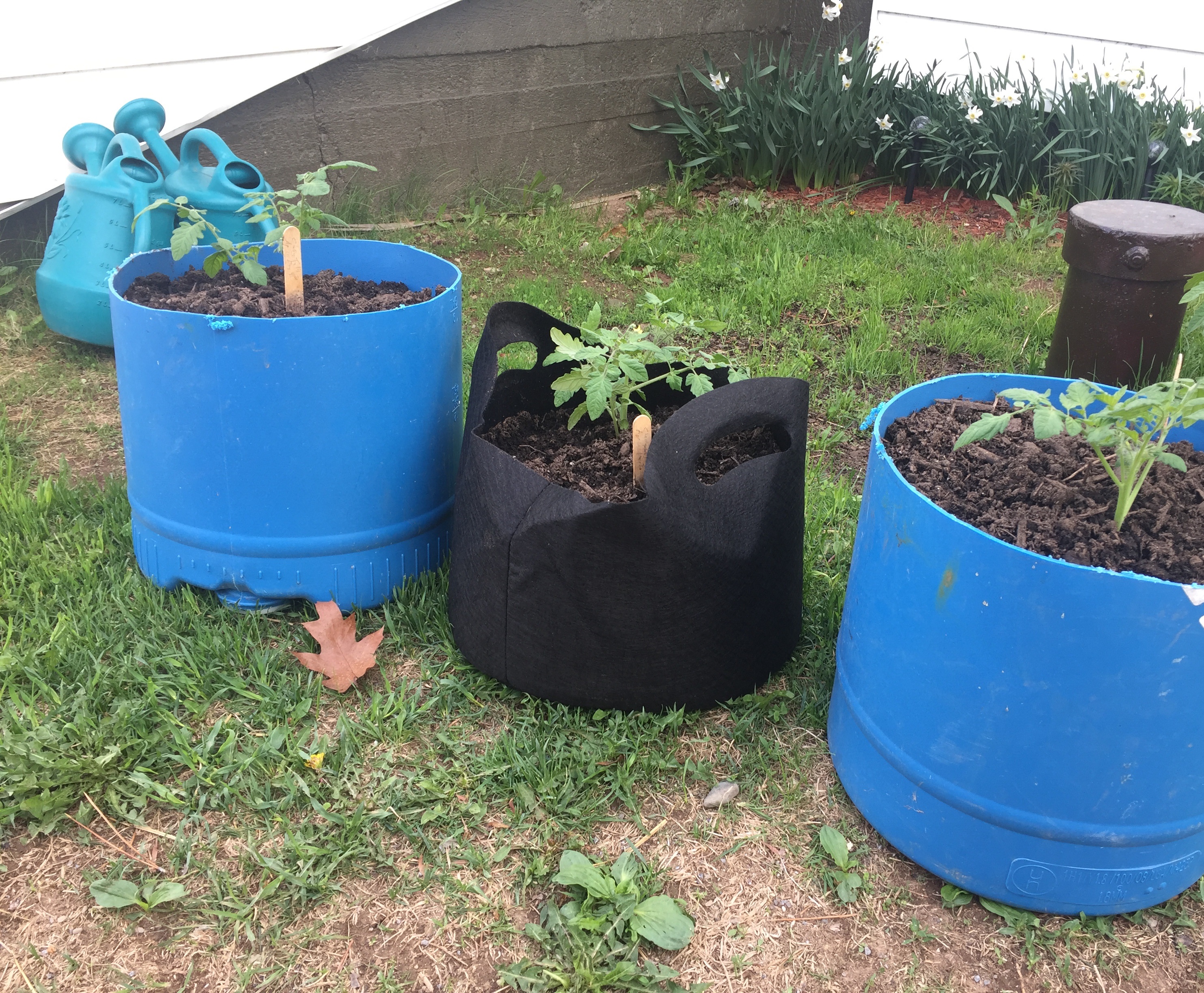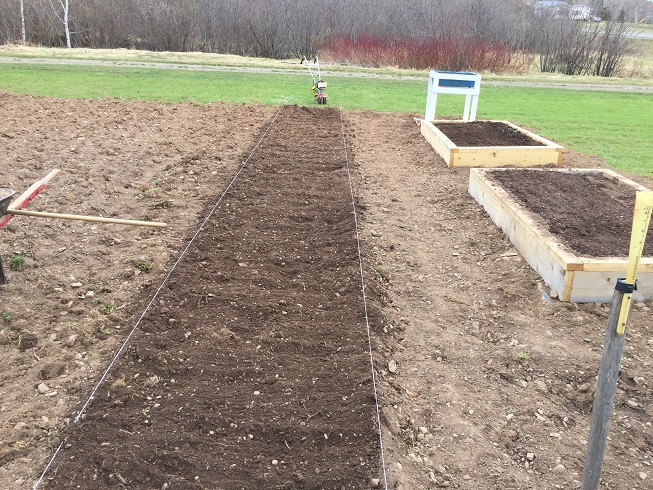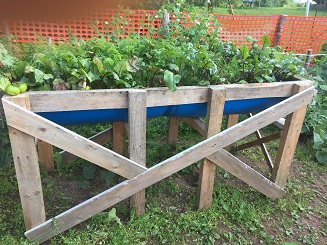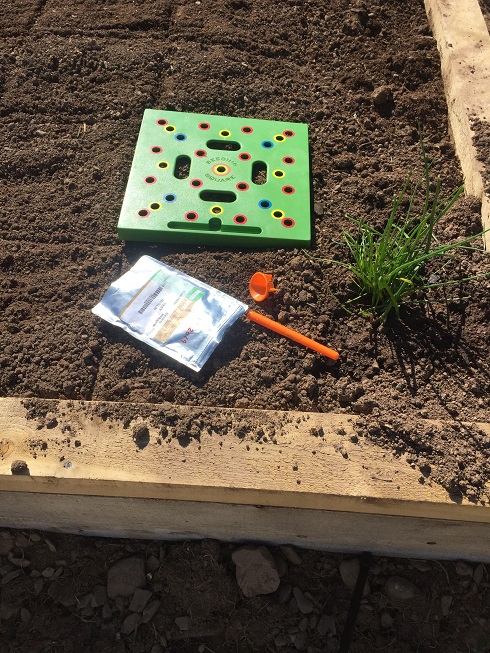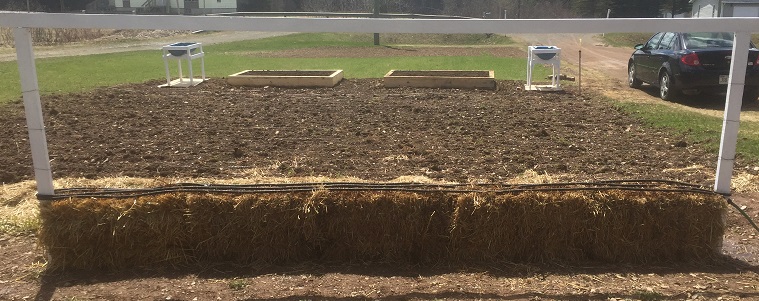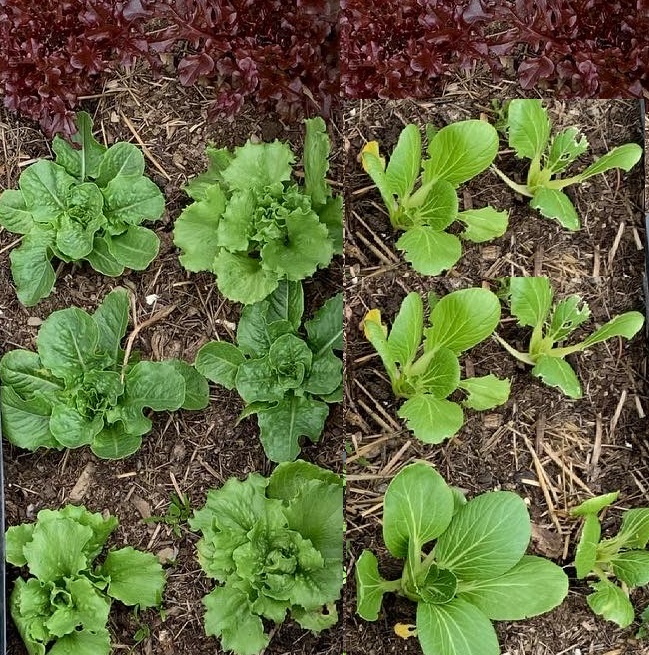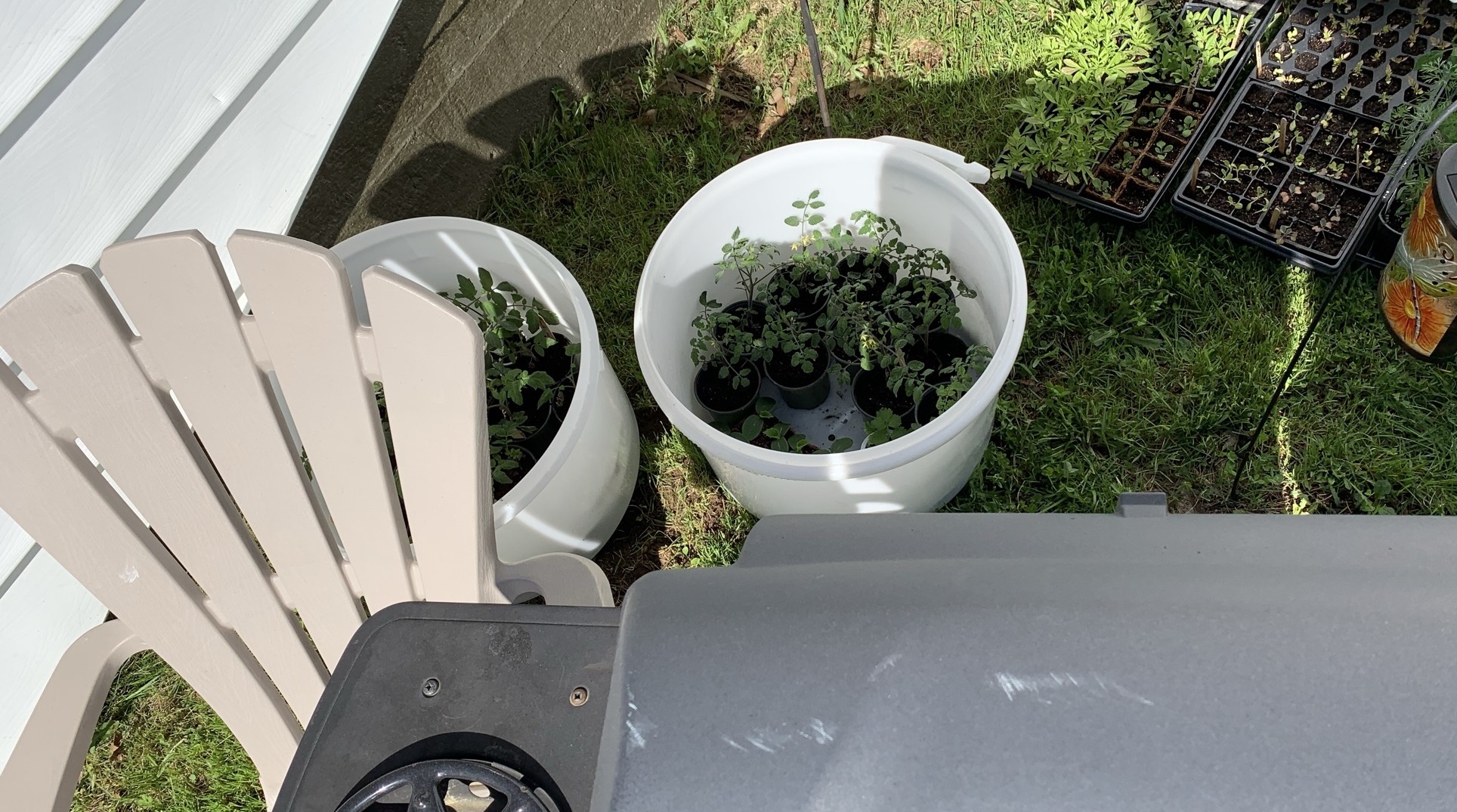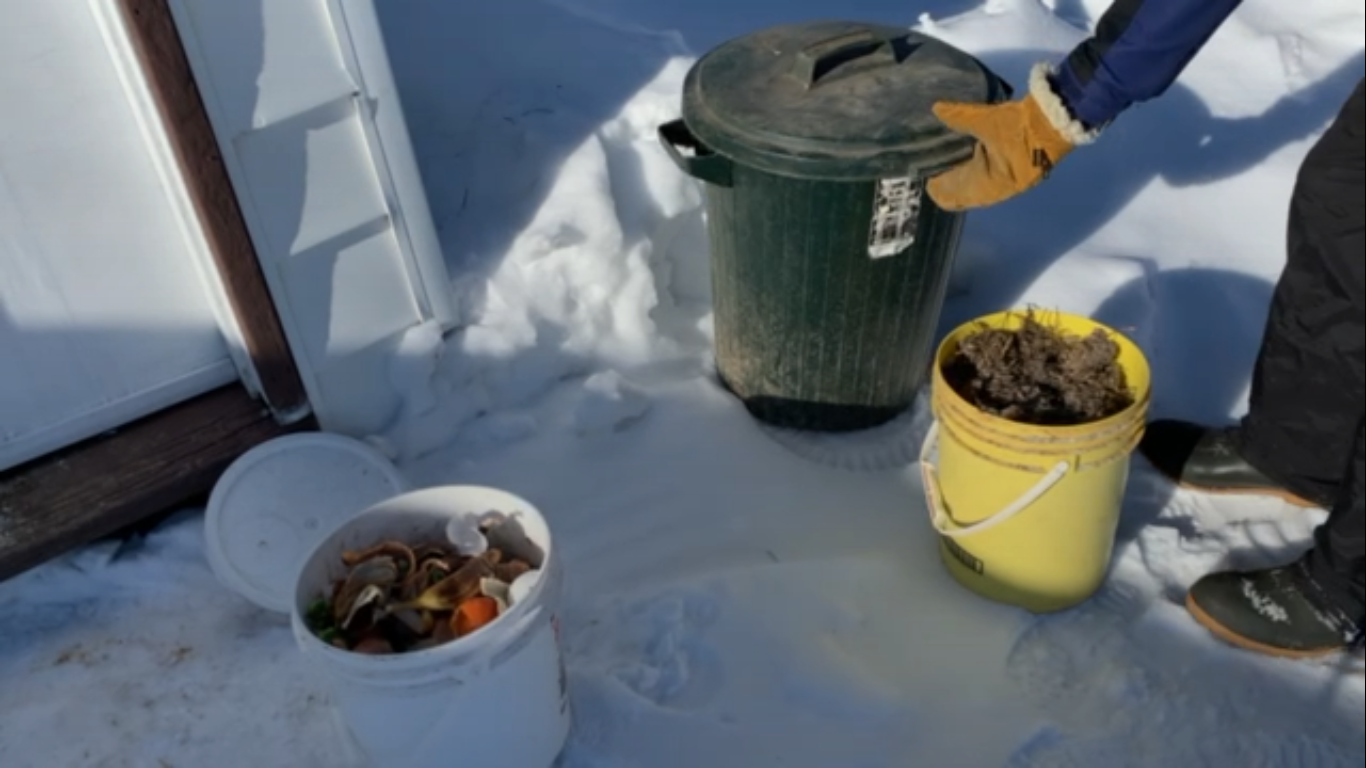Vegetable Gardening Basics
Let’s start out with some vegetable gardening basics. First determine what kind of garden you will have. Here are a few choices.
1. Traditional Vegetable Gardening
3. Raised Beds
4. Square Foot Gardening (Intensive Gardening)
Traditional Vegetable Gardening Basics
If your grandfather lived in a rural setting, he probably planted in neatly marked out raised rows, or maybe flat rows, and walked between the rows with a hoe or rototiller. If he had a rear-tine tiller as opposed to front-tine tiller, he was able to till without compacting the soil behind the tiller but his footsteps still had their effect in the rows and then continued to compact between the rows all season.
He probably used some chemical fertilizers and some pesticides, and hopefully enriched the soil every once in a while with some well-rotted manure. If he was a serious gardener, he probably practiced crop rotation, varying the crop in each section of the garden from season to season. He may have even used some cover crops on unused portions of his garden. He may have struggled to control the weeds in the garden without using herbicides.
If you’re
an organic gardening purest, you have probably already thrown Grandpa under the
bus with his traditional vegetable garden, but Grandpa’s vegetable gardening
basics were still a long way ahead of those who have to buy all their fresh and
processed vegetables at the supermarket (The term “fresh” is being used very
loosely here).
Modern gardening has admittedly advanced to more sustainable practices, especially for a small scale operation, and if you’re a new gardener, you really do want to start small. A well-tended small garden will produce more than an untended larger garden and give you much more satisfaction.
For more information about traditional vegetable gardening, click here.
Container Vegetable Gardening
So what do you do if you don't have plenty of land and access to a good rototiller. Maybe you even live in an apartment. You may want to consider a container garden on your south-facing patio. With good size containers, you can grow almost anything that you can grow in the ground. The great thing about a container garden, especially in a short season climate, is that you can move your containers into a porch or garage when a frost is forecast.
The tricky thing about containers is avoiding over- or under-watering. It is absolutely essential that your containers have drainage holes. It is also essential that they be watered regularly. It hot dry weather they may need watered several times daily.
If work schedules preclude regular watering, you may want to try self-wicking containers that store extra water for your plants.
Planting in Beds
For a more permanent garden, the organic gardener will want a bed, no more than 4 ft. wide with a walkway on both sides. Ideally, you will want your bed(s) running north and south, with the tall plants that need trellised on the northern edge of the bed. This will allow maximum sunlight to reach your plants throughout the day. Many vegetable plants need 6 to 8 hours of sunlight per day while some can benefit from even longer periods of sunlight (one of the benefits northern growers have). Obviously you will want to place your garden near a water source.
You may want to consider a raised bed. This not only allows you to work higher up off the ground, but also can give your plants an extra deep layer of soil to easily penetrate with their roots. If your bed is directly on top of the soil, you’ll want to lay down some cardboard or newspaper first to help keep surface vegetation from growing up into your bed.
To make your gardening even simpler, build your raised bed waist-high so that you can garden standing up. There are many materials you can use. You may want to build the entire bed out of rot resistant wood such as cedar or hemlock, or alternatively you can use an old bathtub or half of a plastic barrel on a platform. If your raised bed is not sitting directly on top of the soil with an open bottom, then you will need to put some drainage holes in the bottom of the bed.
Square Foot Gardening
If you really want to grow a lot of food in a very small space, you can try your hand at square foot gardening. This method of planting involves carefully dividing off your bed into squares and completely filling the space with meticulously planned vegetation. This form of intensive gardening makes proper use of fertilizer and compost very critical, since you are really demanding a lot out of your soil.
If you have come to this site because you are a northern gardener, keep in mind that with our long hours of sunlight, a lot of photosynthesis is going on so plants need a lot of nutrition.
Straw Bale Gardening
Maybe you have no good soil available and can't afford the startup cost of raised beds. Or maybe you just like to experiment with new ideas. Consider straw bale gardening. Sound crazy! Don't knock it til you try it. Basically you buy a few bales of straw or even create your own, add some nitrogen and water to the carbon contained in the straw, and begin rapid composting of the straw from the inside out. It creates an ideal, disease-free, weed-free medium for your plants.
This page has covered a few vegetable gardening basics. If you are new to gardening, you will want to start out with some easy to grow vegetables.
